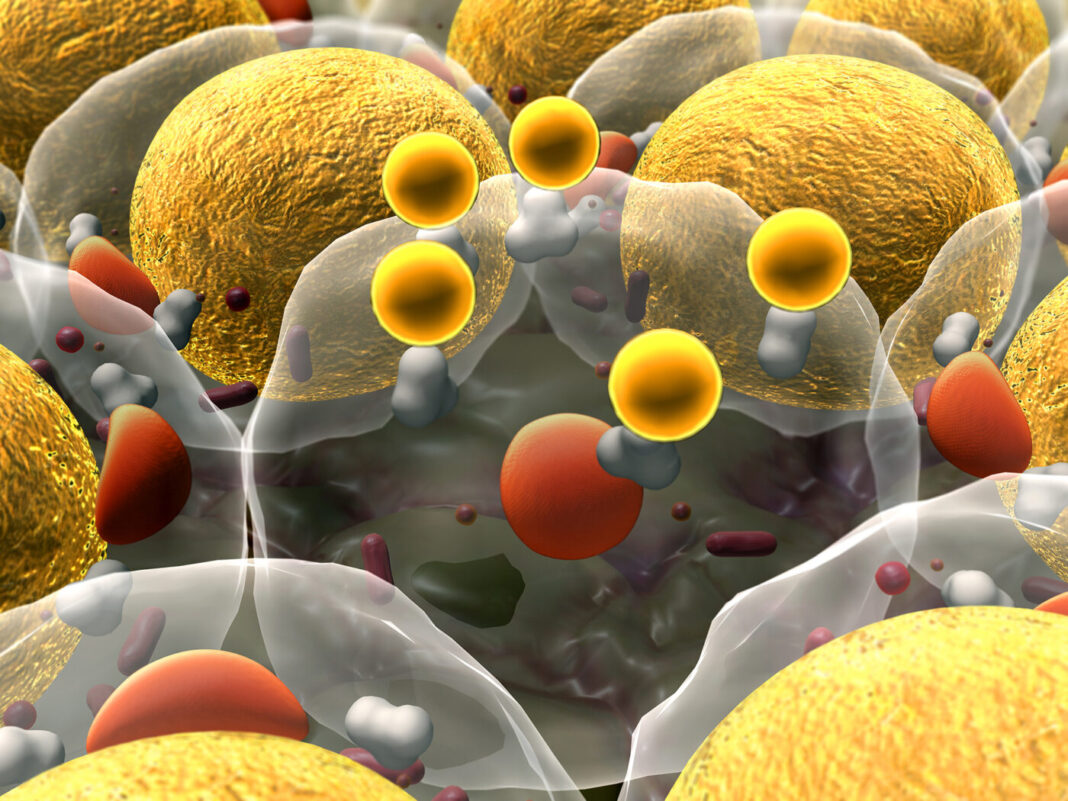Scientists at the Karolinska Institute in Sweden apply a combination of spatial resolved transcriptomics profiling, single-cell RNA sequencing and image analyses to identify new microarchitectural nuances in human white fat (adipose) tissue, whose inherent disparateness has been poorly understood, until now.
They identify 18 different types of fat cells (adipocyte) with unique tendencies to form different types of clusters in white adipose tissue. These include three mature fat cell subtypes with distinct location-specific mRNA and protein signatures, only one of which (called AdipoPLIN) responds to insulin in the body.

Niklas Mejhert, researcher at the Department of Medicine, Huddinge, at the Karolinska Institute says, “These findings increase our knowledge about the function of fat tissue. They show that the overall capacity of fat tissue to respond to insulin is determined by the proportion and function of a specific fat cell subtype.”
The researchers examine how the different subtypes of fat cells in white adipose tissue respond to transient increases in insulin levels, to assess whether the fat cell subtypes perform different functions. They observe insulin activates gene expression in the subtype AdipoPLIN but not the other two subtypes (AdipoLEP and AdipoSAA). They also observe the response to insulin stimulation in these cells is proportional to the individual’s overall insulin sensitivity.
“Our findings challenge the current view of insulin resistance as a generally reduced response to insulin in the fat cells,” says Mikael Rydén, PhD, professor at the Department of Medicine, Huddinge, at the Karolinska Institute and co-corresponding author on the study.


“This study is unique in that it is the first time we’ve applied spatial transcriptomics to fat tissue, which has a special set of characteristics and composition,” says Ståhl. “We are very happy that the technology continues to contribute to solving biologically complex questions in an increasing number of research areas.”
The study brings forth other novel insights on adipose tissue. For instance, earlier studies have shown adipocyte size affects their function, including the amount of signaling molecules they release. Spatial mapping in the current study confirms gene expression differs in large versus small fat cells, however, it also shows that the distribution of fat cells of different sizes is similar among the different fat cell subtypes, indicating fat cell size does not determine the difference in fat cell function. The study also suggests the specialized mature fat cells are derived from specific precursor cells.
Further studies will be needed to ascertain whether the different progenitor cells that the authors have identified contribute to the heterogeneity of mature fat cell structure and function.



